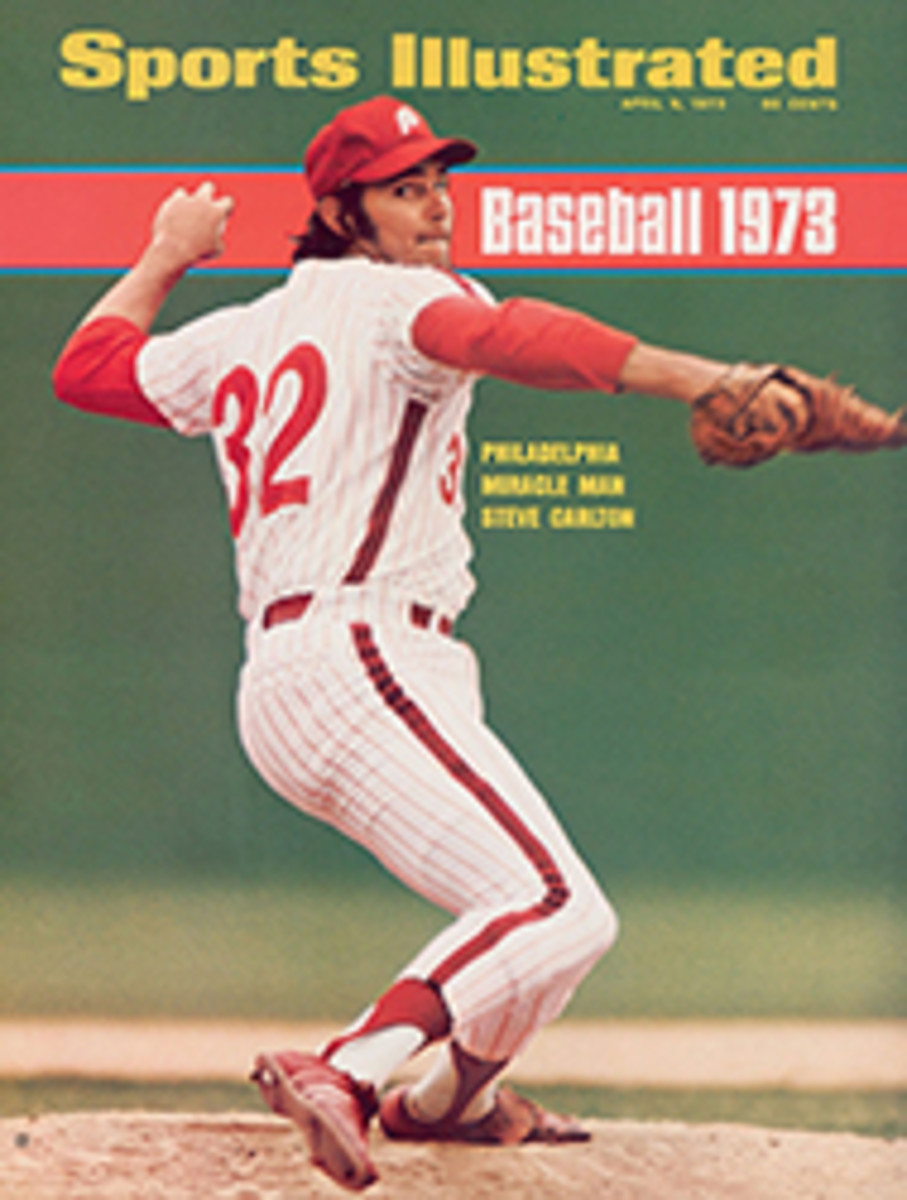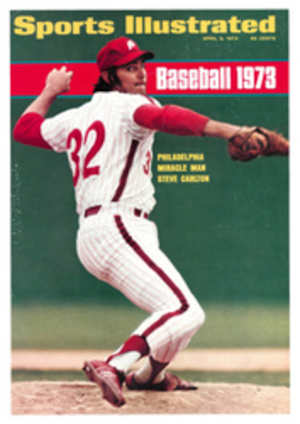
Everything you always wanted to know about—The Man Who Invented Baseball
To the small body of baseball literature of genuine quality must now be added The Man Who Invented Baseball (Scribners, $7.95) by SPORTS ILLUSTRATED'S Harold Peterson
Peterson's subject is Alexander Joy Cartwright (SI, April 15, 1969), and his thesis is that in the spring of 1845, on a Manhattan playing field, Cartwright "invented" baseball. He did so by surprising his friends, gathered for a game of ball, with a detailed plan that established four bases 90 feet apart, put the batter at home and a shortstop between second and third, limited the outfielders to three and eliminated one of the two catchers. In short, he gave the game the form and precision it has since possessed.
"Relatively uncredited by the most diligent archivists of the world's most documented sport," Peterson writes, "almost unknown to fans who have computer memories for statistics long vanished and forgotten, Alexander Cartwright is the father of modern baseball." He proves as much in a book of singular persuasiveness and literacy, a work that is also a lovely re-creation of the vanished America, rustic and exuberant, through which Cartwright traveled, spreading the baseball gospel.
Along the way, Peterson devastates the myth of Abner Doubleday, showing it to be the creation of a baseball hierarchy determined to wrap the game in the flag by linking it to a celebrated Civil War general. "Abner Doubleday didn't invent baseball," Peterson says. "Baseball invented Abner Doubleday."
Peterson also provides an extraordinary analysis of baseball's distant origins, tracing the game back not to cricket but to a Scandinavian game even older than om el mahag, a ball-and-bat diversion of Africa's Berbers dating from 3,000 to 6,000 years before the birth of Christ. He unearths later variations that cropped up in France, Germany and elsewhere, eventually to reach their exquisite culmination on that spring day in Cartwright's marvelous invention.
Cartwright was an ebullient, engaging man, and Peterson portrays him with humor and affection. He also paints a vivid portrait of the bustling, charming New York of Cartwright's day, and of the frontier nation he crossed in 1849 in search of California gold. That journey finally ended in Hawaii, where Cartwright lived out his life as a prominent and respected citizen.
One final touch of note: upon visiting California in 1968, Peterson found none other than Alexander Joy Cartwright IV—playing Little League baseball. The discovery left Peterson, as it does the reader of his exemplary book, filled with joy.

